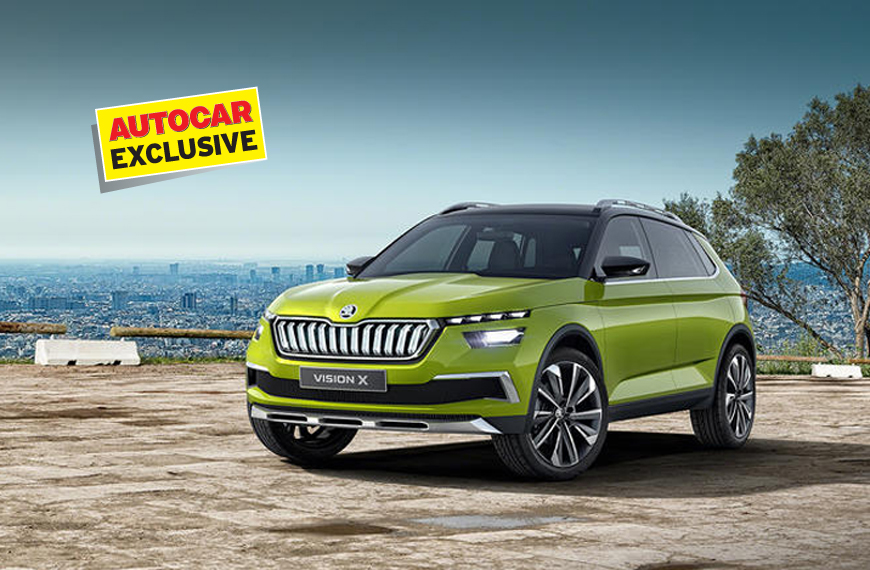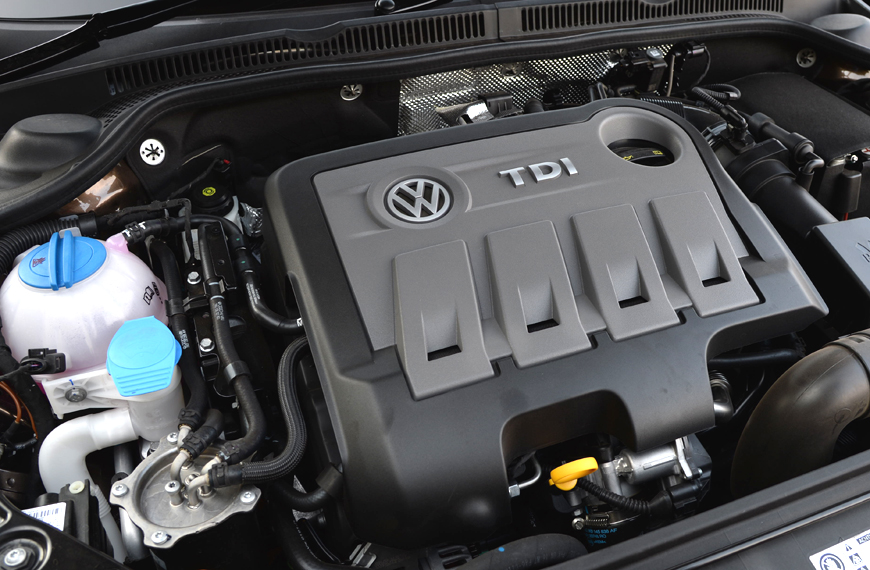Skoda Auto has indicated that it will take the lead in developing a low-cost ‘Eco’ car platform for the VW Group to serve cost-sensitive markets like India. Speaking to Autocar India at the Frankfurt motor show, Skoda Auto CEO Bernhard Maier said, “This is something we are currently evaluating and there are a number of scenarios we are thinking about. One of them could be that we develop a new product line-up on our own. We’ve got a fantastic platform called MQB which is feasible to meet the requirements of the Indian market also in the future, which means after 2020. We are in deep discussion with not just our partner Volkswagen but also our supplier network that we want to establish in India when the plan finally materialises.”
This development comes a month after the memorandum of understanding (MoU) signed between Skoda, VW and Tata Motors this March, to jointly develop a low-cost platform using the Indian automaker's upcoming Advanced Modular Platform (AMP), was abandoned.
The Eco platform is essentially a re-engineered version of the VW Group’s MQB platform – a highly modular architecture that underpins almost all the current compact and mid-size models from the group's brands.
However, the MQB, which has been designed to meet global requirements and regulations, is simply too expensive to produce in India. In fact, the high cost of the platform has proved to be a major hurdle for the VW Group which had even toyed with the idea of using the older (and far cheaper) PQ25 platform (which underpins the current mainstream VW and Skoda models).
Though production capacity in India is close to 3 lakh units per annum from two plants, the VW Group has been at a crossroads in the market because of no clear-cut platform strategy, and this has put future product development in limbo.
That, however, could all change now with Skoda developing the Eco platform. Skoda has an inherently lower cost base than sister brand VW, and is more flexible and a lot leaner in its engineering approach. For example, it is faster to embrace Indian engineering services and suppliers and a lot more pragmatic in finding solutions. Besides, Volkswagen simply doesn’t have the engineering resources nor the mindset to address the needs of emerging markets, especially now that its hands are full developing the future electric mobility solutions for the group, like the MEB platform – an all-electric architecture that will underpin all its future EVs.
The feasibility of the MQB for India will hinge on several factors. Firstly, the costs have to be considerably reduced. The reason this platform has proved costly for the Indian market is because it is packaged for expensive tech, like hybrids, full-electric drivetrains, four-wheel-drive and materials that meet the best European standards. Skoda’s engineers hope to ‘de-content’ the MQB by removing some of these systems which will reduce cost and weight. It is also likely that the high-tensile steel body panels which are hot stamped will be replaced with cold-stamped lower-grade steel, which according to a source “will still exceed the standards in the Indian market.”
Maier is aware of the cost challenges in India. “We are not only talking about the third biggest market in the world, we are also talking about the most competitive market in the world when it comes to cost-sensitive products. This is a challenge we are happy to take on to see how competitive we can be,” he said.
Economies of scale will be also key for the MQB’s feasibility, and though Skoda is tight-lipped about volume projections, suppliers have been asked to gear up for a production run of 4,00,000 to 5,00,000 units a year. Clearly, the Indian market cannot support such volumes, especially since both VW and Skoda have stated that they won't enter the budget end of the market. Hence, Skoda will rely on exports to meet these volume requirements and even sees an opportunity to enter new markets with the Indian product range.
“First of all, we need a stable footprint in India itself, but in the future, we want to produce cars not just for the local market but also to export to other markets as well. Our footprint internationally is in 102 markets so far, and we are planning to be in 120 markets by the end of 2025. So, there are some markets which are interesting and are good for cars produced in India,” stated Maier.
After being on the fringes of the Indian market, Skoda now wants to get into the thick of it and is lining up a slew of bespoke products for India with SUVs leading the charge. Maier concluded by saying, “To be really substantial in the market, we should achieve around 5 percent by 2025, and that will give us a good local footprint."
Also read:






























